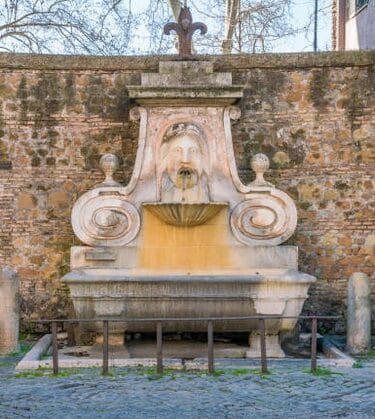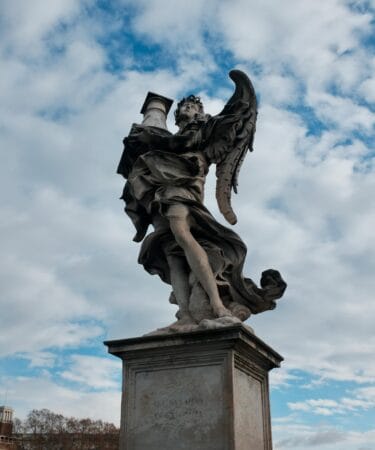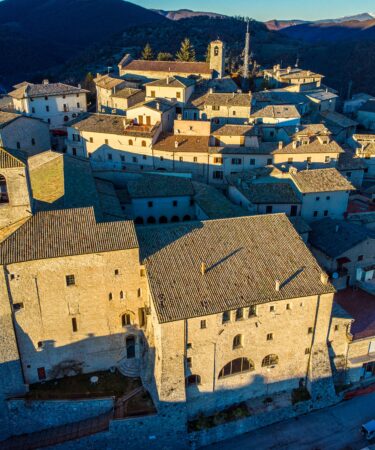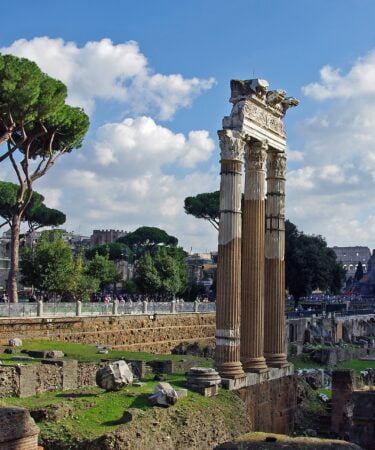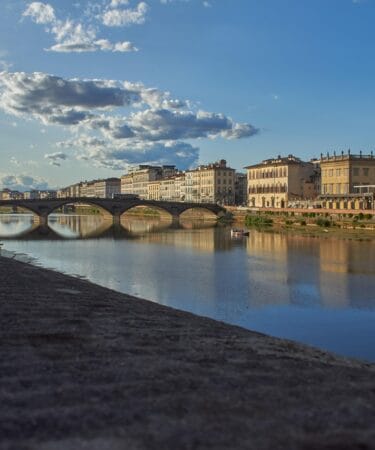The Tale of Barile begins on 2 August 1504, when the Republic of Florence ordered the mint to create a new monetary sign. The name “Barile,” curious and widely used, came directly from the wine tax.
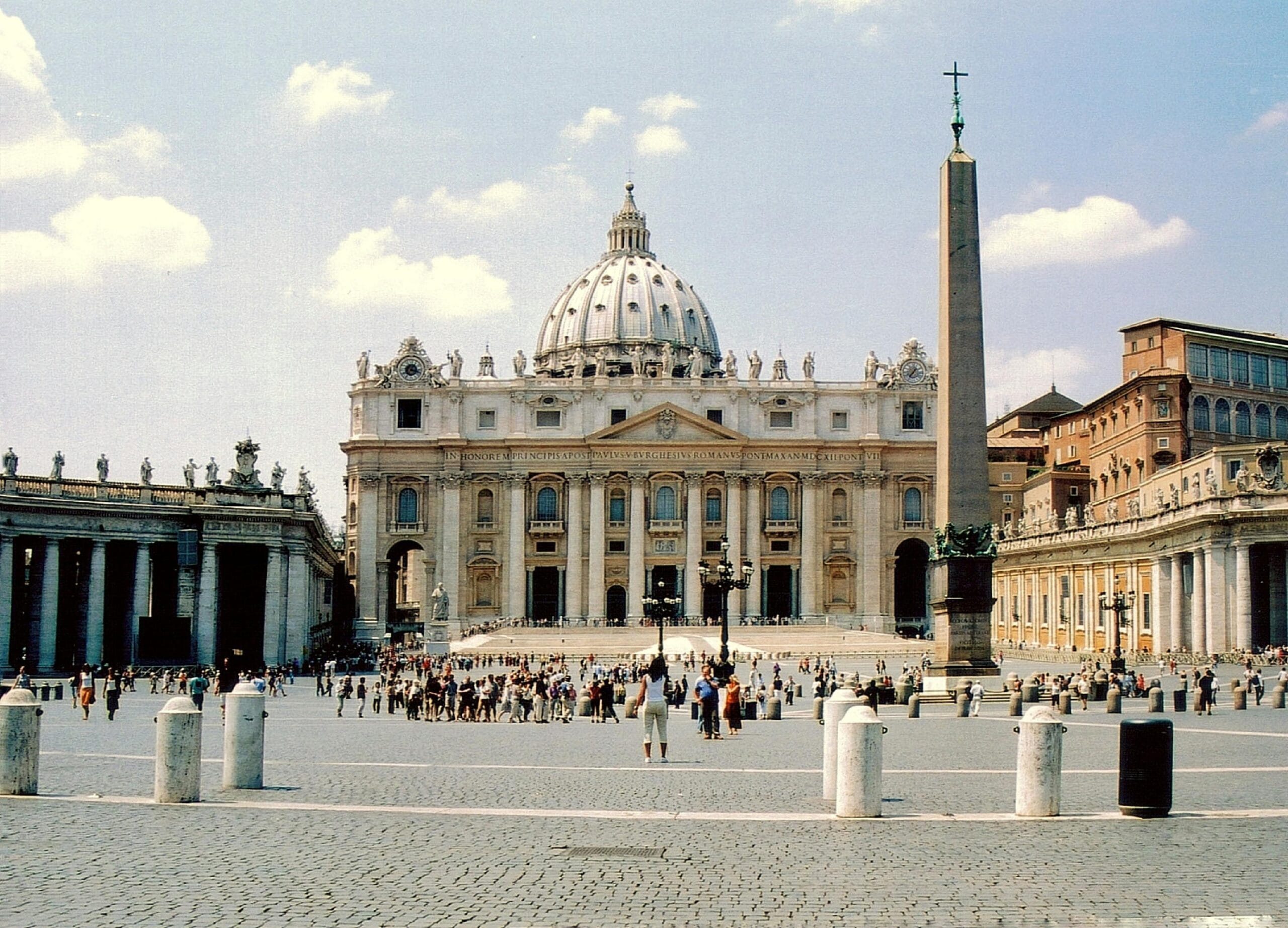
Hidden Secrets of Rome
Before your trip to the Eternal City, it’s essential to discover these lesser-known tips that will elevate your experience. In this guide, titled Hidden Secrets of Rome,
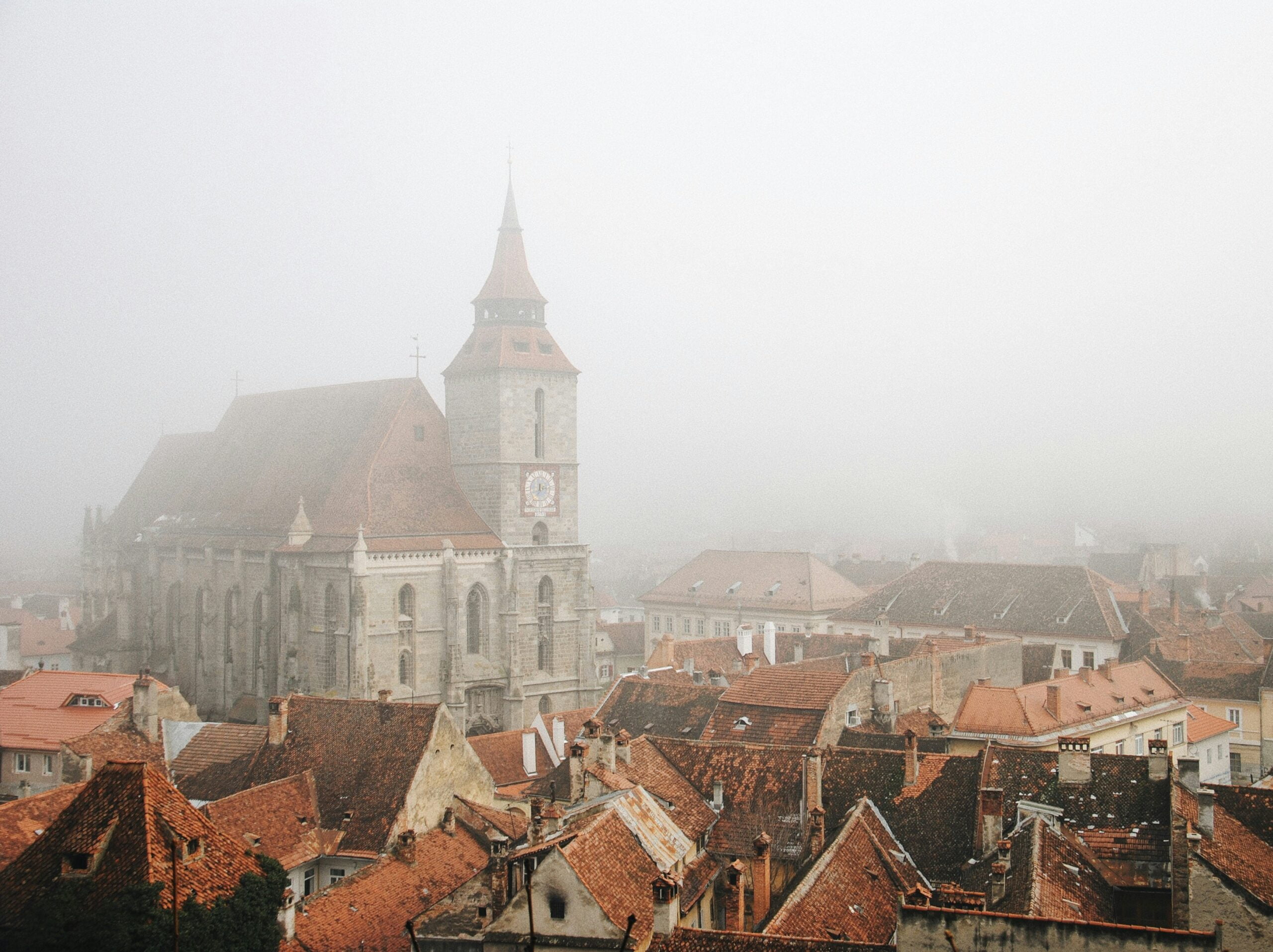
Romans Beyond Time
The fascinating history of Romania is deeply connected to ancient Rome, and few countries preserve such a direct cultural bridge with the empire. The concept of Romans Beyond Time perfectly captures this unique heritage, which continues to influence national identity even today.
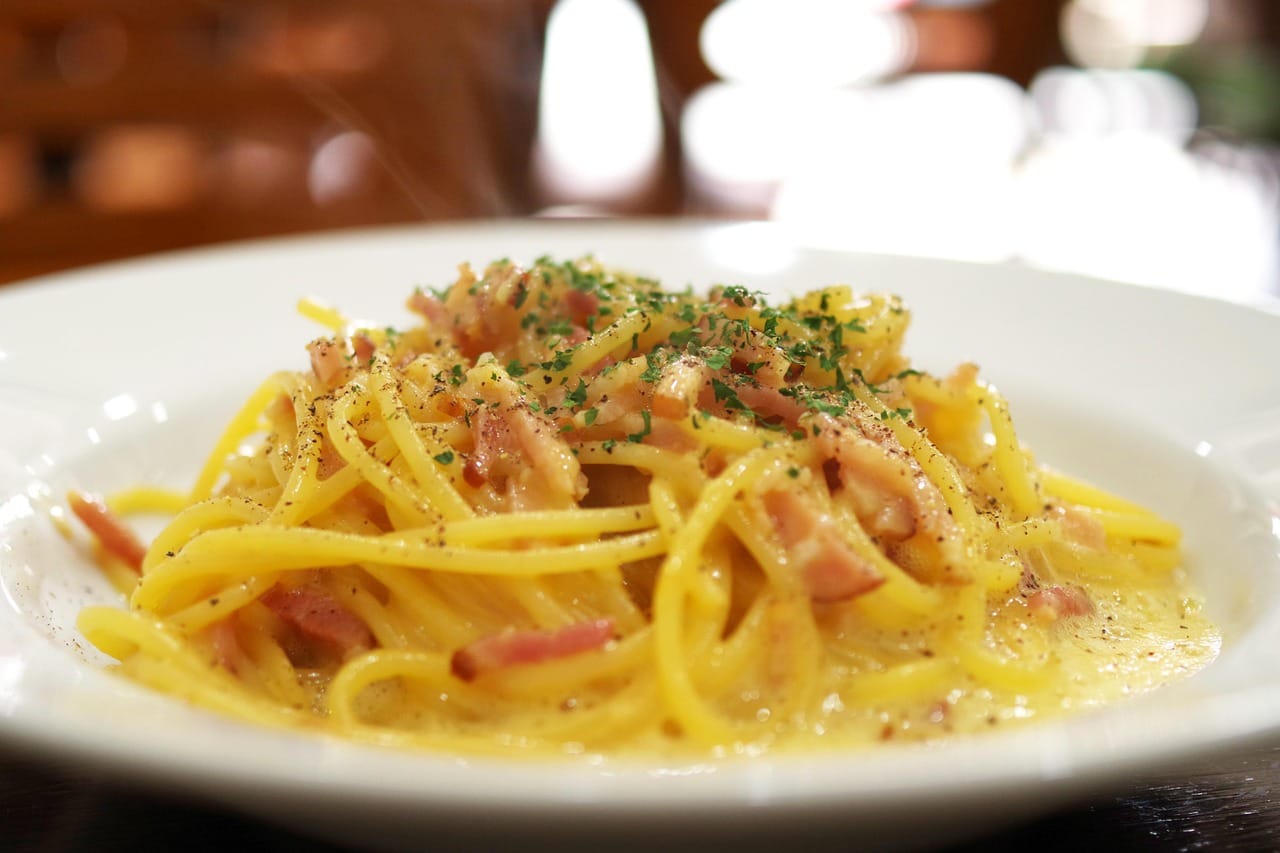
Wine Flask to Fragrance
“Wine Flask to Fragrance,” from medieval taverns to modern perfumes, blending history, folklore, and a touch of Florentine humor. This captivating story follows the evolution of a single corner of Florence
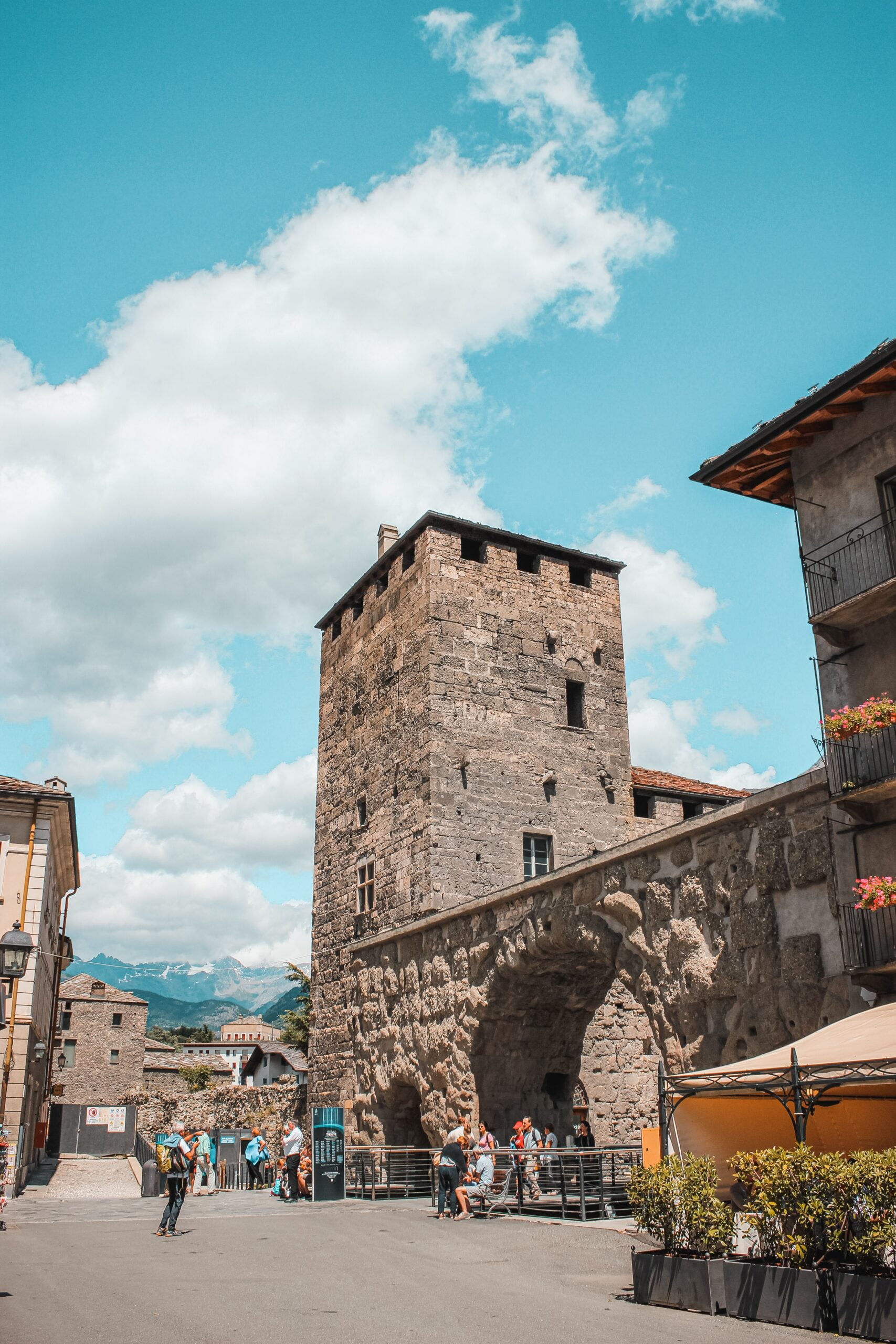
Rome of the Alps
Welcome to Aosta, a city whose ancient roots still shape its streets and monuments today. Rome of the Alps is not just a poetic nickname—it reflects the deep Roman heritage.

Immortal Bald Prohead
Immortal Bald Prohead — the striking sculpture by Donatello known as the “Zuccone” — invites us into a powerful encounter with stone, faith and human anguish.

Time Shapes Us
Time Shapes Us even when we least expect it, revealing how small artistic details can reflect the evolution of an era, of a city, and of a master like Lorenzo Ghiberti.
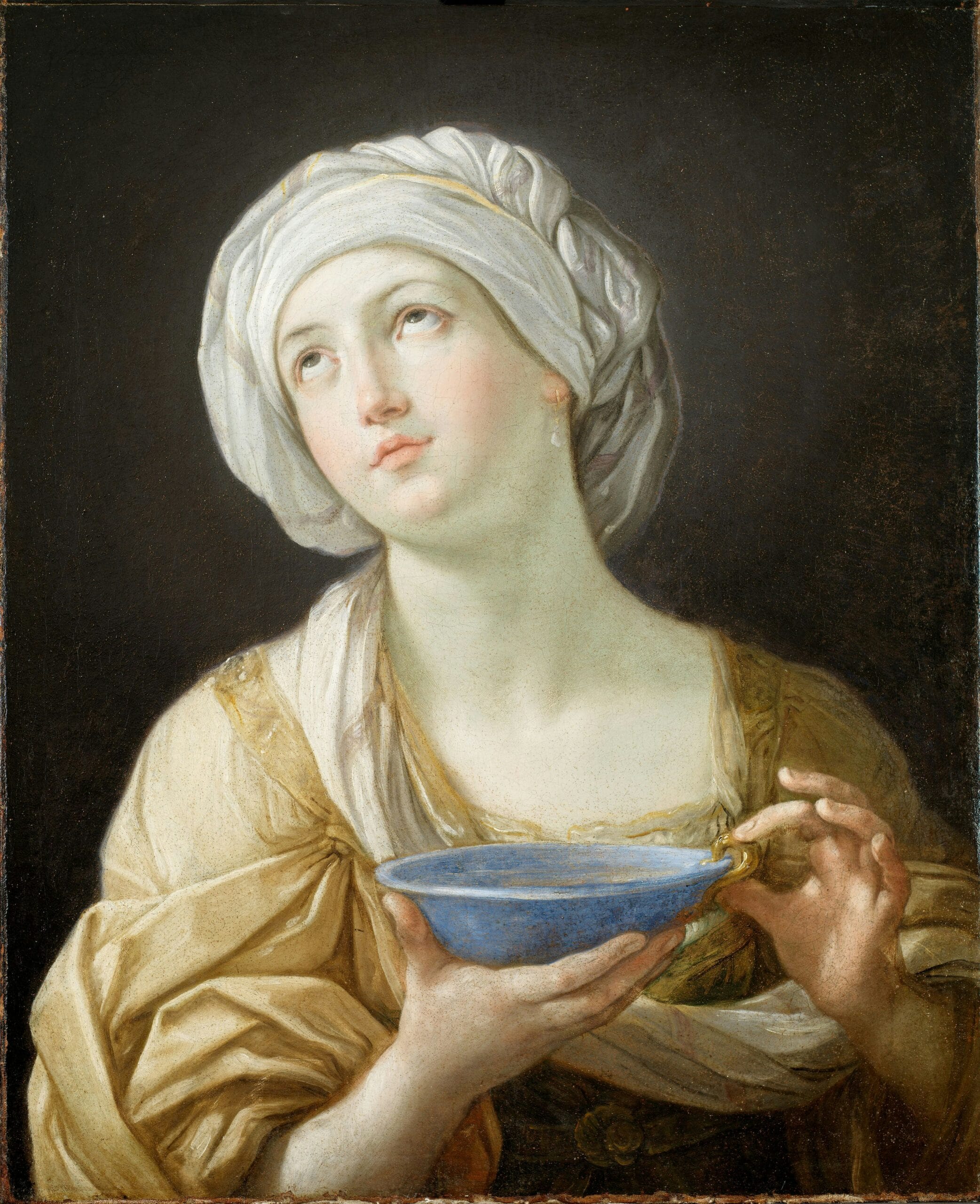
The Miracle of Faith
The Miracle of Faith continues to inspire reflection on sincerity, humility, and the unseen signs that separate truth from illusion.
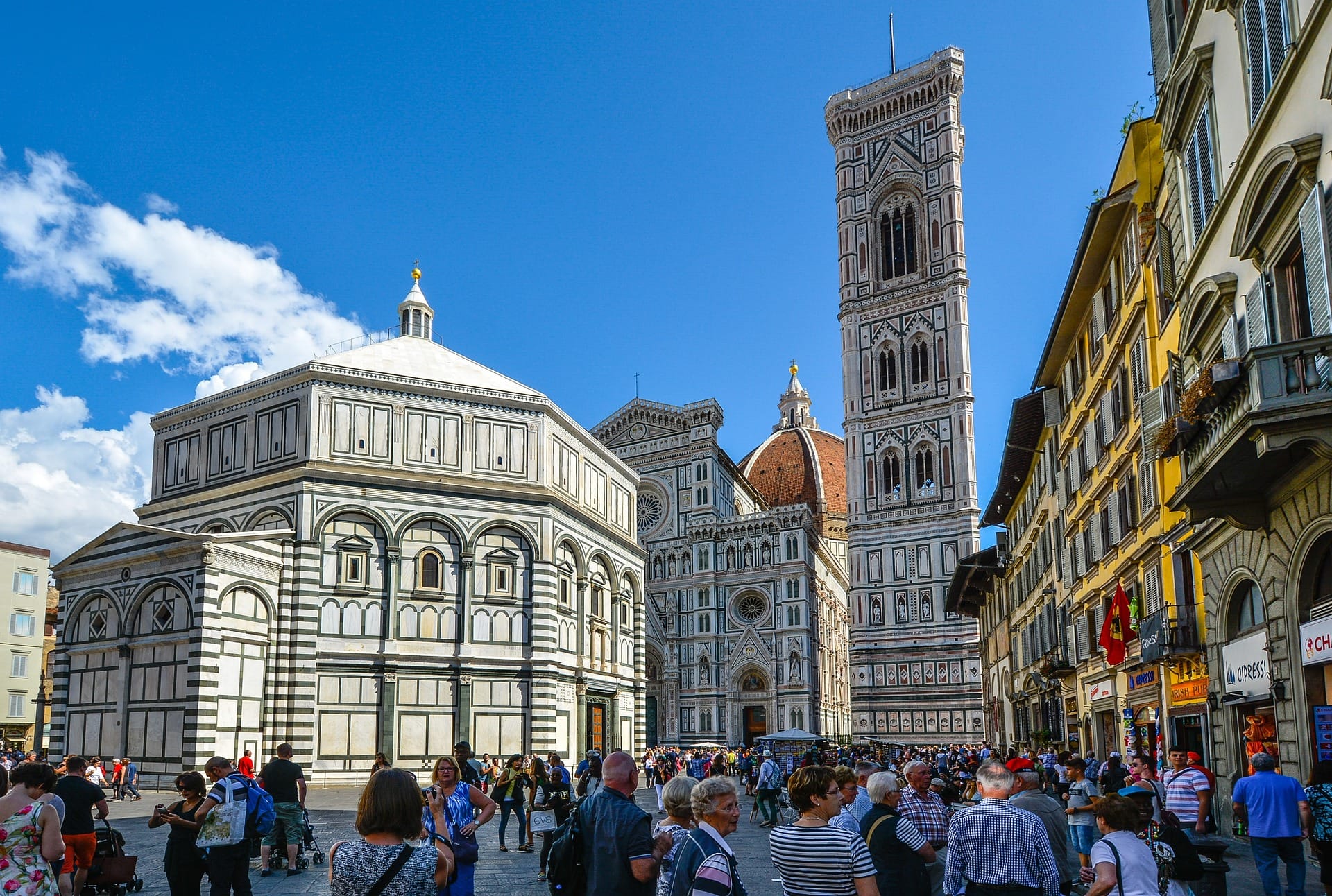
The Bell of Mercy
The Bell of Mercy, housed in Giotto’s Bell Tower in Florence, is more than just a bell—it’s a timeless symbol of faith and compassion. Hanging high above Piazza del Duomo.

Divine Punishment Over Florence
Divine Punishment Over Florence — the night the city trembled. On September 28, 1453, at exactly 10:45 p.m., Florence was shaken by an earthquake that terrified its people and ignited fears of divine wrath.

